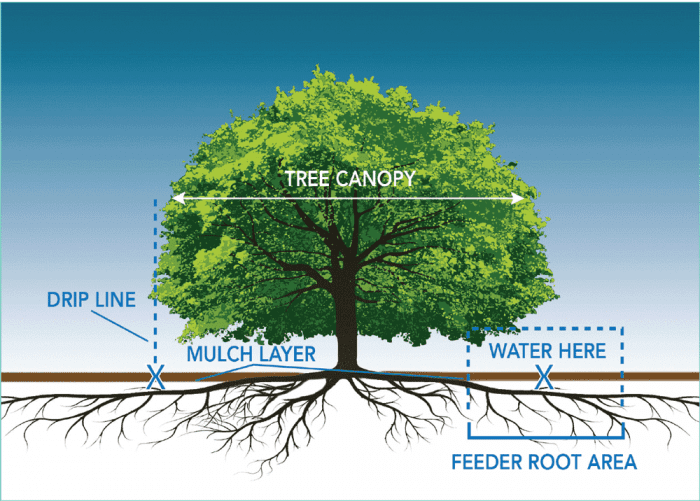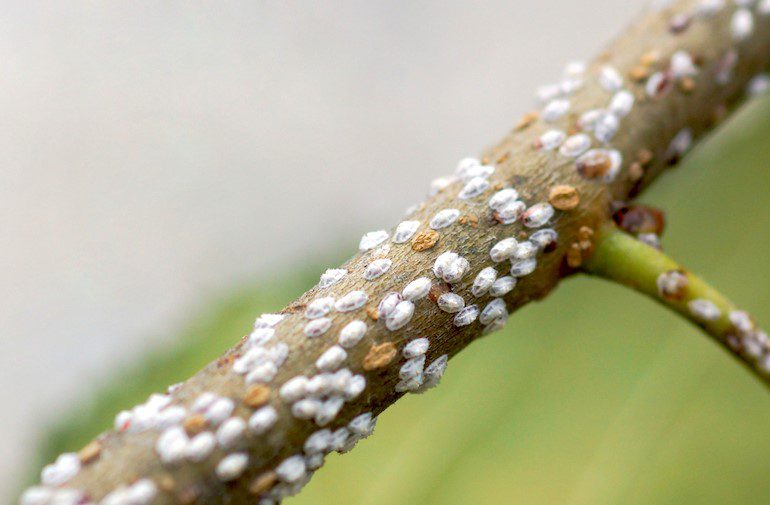Summertime brings plenty of sun and heat for enjoying outdoor activities, especially trips to the lake or pool. However, North Texas summers’ long hot, and dry days also stress our trees.
TreeTech TX can help care for your trees. Here are five essential tips to help your trees thrive this summer:
1 – Evaluations
Have your property reviewed by an arborist certified by the International Society of Arboriculture (ISA) or a Registered Consulting Arborist through the American Society of Consulting Arborists (ASCA). Trained arborists can identify current and potential health concerns or site factors that may increase stress on your trees. TreeTech TX is ready to provide proactive tree care for your trees and help reduce their long-term stress.
2 – Irrigation
As temperatures increase, supplemental watering may be necessary, especially on young or newly planted trees, which require more frequent irrigation. Research has demonstrated that trees should be provided approximately one inch of water throughout their entire root zone (not at the base of the trunk) per week.
Trees should be watered slowly, deeply, and less frequently than turf and other smaller landscape plants. Shallow watering encourages tree roots to grow more superficially, increasing stress on trees doing high temperatures and periods of drought. Watering in the morning or evening is recommended to help reduce water loss through evaporation and increase absorption by tree roots.
Always check the soil within the tree’s root zone to determine current soil moisture conditions. You can use a long screwdriver or other metal rods to see how easy it is to insert into the soil. Evaluate soil moisture down to about 6”-8”. If the metal is easily inserted, it may not be time to water. Be sure that your soil remains moist but not saturated. Over-irrigation can be even more problematic than under-irrigation and can lead to root loss due to a lack of oxygen in the ground or even an increased risk of fungal activity.

3 – Fertilization and Nutrient Programs
Trees can benefit from supplemental nutrients, even large established trees. Flowering and fruiting can be more productive when a tree has access to enough nutrients. Spring and Fall are great seasons to offer your trees additional nutrients, although it should adjust the amount and type of nutrients provided and appropriate for each specific season. Spring fertilization should focus on stem elongation and canopy growth, while fall nutrient applications should encourage root growth and health.
Ensuring that your trees have consistent access to both micro and macro nutrients helps them grow healthy and strong and helps them improve their defenses against common pests, diseases, and even drought.
4 – Insect, Mite, and Disease Management
It is always good to inspect your trees and other landscape plants. Too often, symptoms go unnoticed until the stress level on the tree or plant is so advanced that treatments can be ineffective. TreeTech’s certified and educated arborists are familiar with the most common pest and diseases that may impact your trees. Some examples include crepe myrtle and magnolia scale, bagworms, Japanese beetles, aphids, emerald ash borer, and spider mites. Insects and mites are highly active and reproduce very quickly during the summer months, rapidly building to damaging levels if left untreated. Call us today to schedule a property review so we can partner with you in caring for one of your most valuable assets, your trees!

5 – Pruning
We are often asked, “When’s the best time to prune trees?
While there is no one “perfect” time to prune, sometimes the goals for pruning and species-specific needs can help us choose. First, there should always be an understood reason or purpose for pruning trees.
For example, pruning to remove dead, damaged, or broken branches can occur at any time of the year. However, pruning while trees are dormant and without foliage aids, the pruning process since branch architecture is better observed. Thus, pruning to improve structure may be best during winter. Red and live oaks are highly susceptible to oak wilt disease.
Pruning these two species during periods of low transmissibility is a good strategy. In general, most deciduous trees (i.e. trees that lose their leaves in fall) can benefit from early spring pruning prior to bud-break to maximize healing throughout the growing season and also allows us to direct growth away from areas of conflict, such as utility wires, chimneys, or over pools.
Flowering trees and shrubs should be pruned once flowering has finished. When trees may have a conflict with site infrastructure, summer pruning is advantageous since it allows us to direct growth by slowing down the development of a tree or branch, causing conflict.
Call The Experts At TreeTech TX
TreeTech TX can assist you by providing site-specific pruning recommendations to protect your trees and property. Our goal isn’t just to beautify your outdoor spaces but also to extend your trees’ life and protect your property, delivering ideal results that can help transform any outdoor space.
Recent Comments